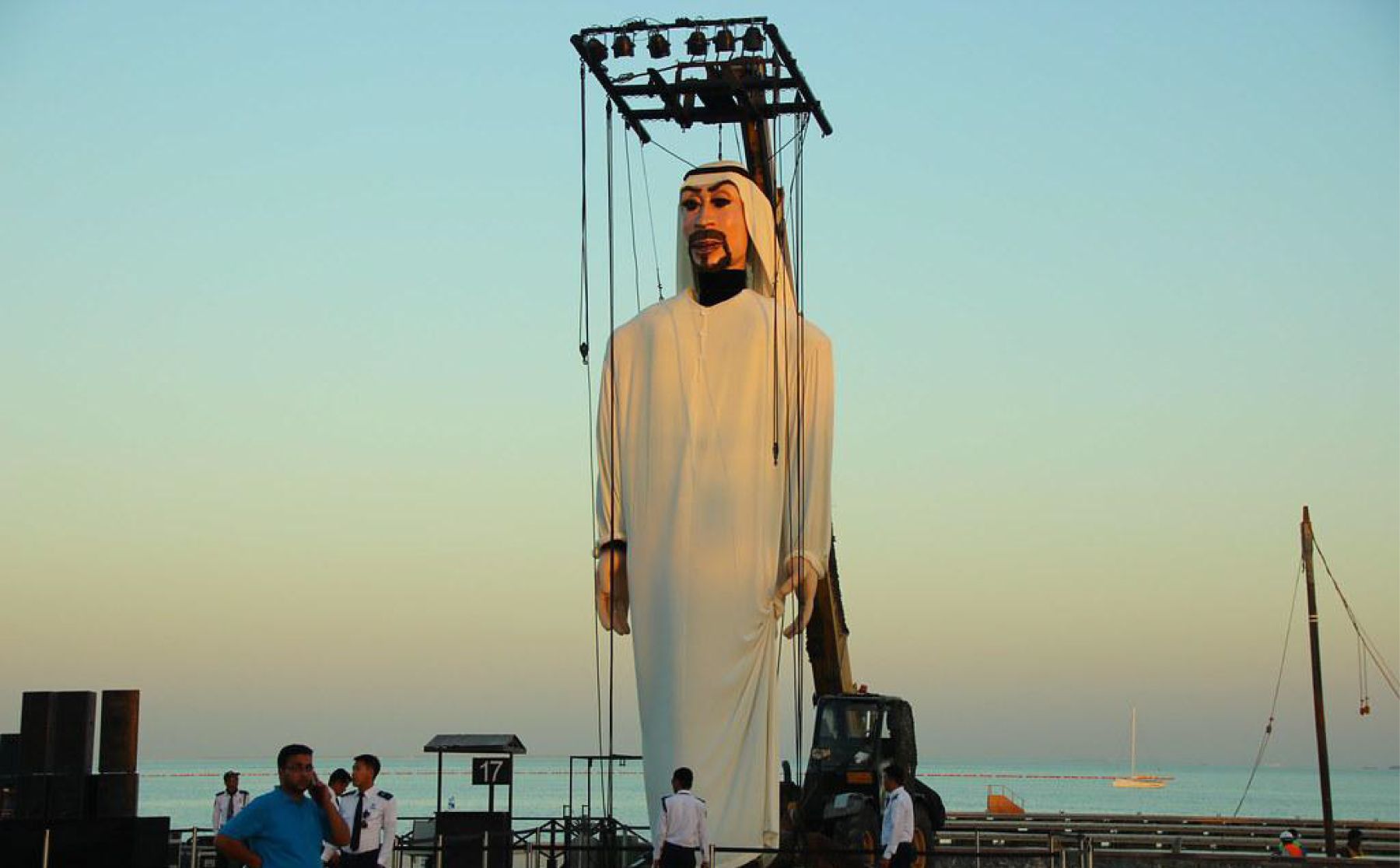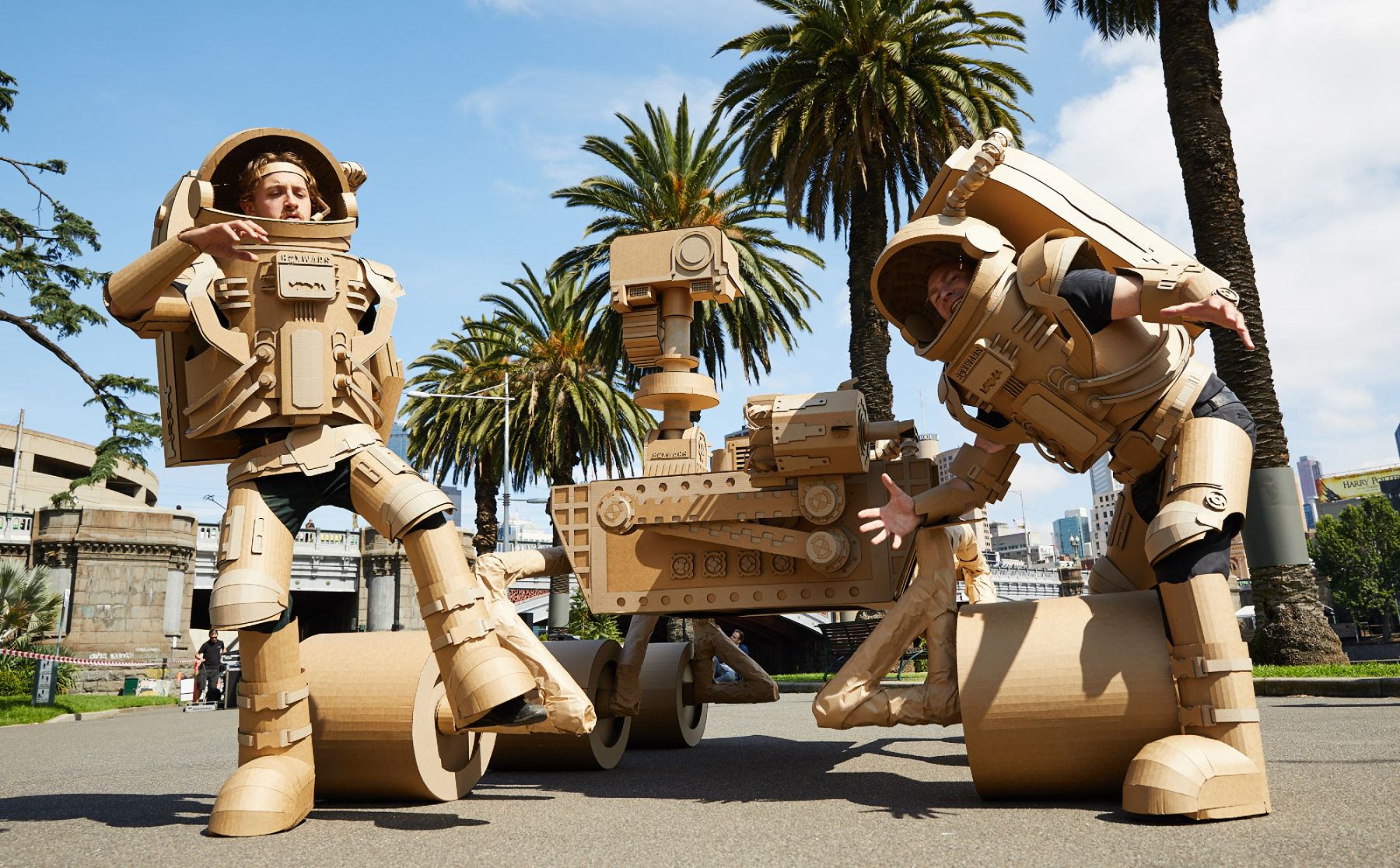A crisis, by definition, is an immediate problem that can’t be put off. At the moment, the world is in a health care crisis while it is also spiraling into an economic crisis.
And yet, because of international dialogue and conversation, the culture communities have taken up the ideas of sustainability and environmentalism. Is this ironic? Not at all. There are two key conversations, after all, about any crisis: What do we do in the moment? And how do we prevent this from ever happening again?
People have to respond to crises. We have to dress the battlefield wound. But we also have to heal and prevent it from happening again. Prevention – sustainability – is, as any doctor will tell you, the better medicine.
While it is morally the proper position, considering environmental concerns with an eye to the long game is also the soundest economic strategy. Too often, businesses treat environmental concerns as barriers. Too often, they mistake short-term actions for operational benefits. Most corporations, however, don’t make this amateur mistake. Neophyte owners might, but investors don’t – stakeholders don’t. The very idea of investing, after all, is growing something that will pay off over time. Maturity, in both the personal and professional senses, is about perspective. It’s about the long game.
At age 75, people are considered to be in their “golden age.” A 75-year-old business, to say the least, is “established.” As a gift to the Saudi people in honor of its 75th anniversary, Saudi Aramco gifted Ithra to the people of the Kingdom. Further even, it was created as a “house for the world.”
When Saudi Aramco decided to conduct an international architectural competition for the King Abdulaziz Center for World Culture (Ithra), it put many parameters on the table. There would be a library, a museum, the first children’s museum in Saudi Arabia, an entrepreneurial innovation lab, a theater, a cinema and so much more. The one thing that was not negotiable for the Saudi Aramco leaders on the team, however, was that Ithra would achieve gold certification by LEED.
Leadership in Energy and Environmental Design (LEED) is a globally-recognized sustainability certification that uses rating systems for every aspect of making and operating a building: design, construction, materials, daily operation and maintenance.
Among many points, water use is key to the LEED certification process. As a desert structure, this is particularly important for Ithra. One of the clearest dedications of Ithra’s LEED approach is xeriscaping, a low-use irrigation landscaping technique. Ithra’s grounds and interior space feature local flora in arid beds alongside highly-sustainable species imported from Australia and Arizona. Smart-water controllers optimize irrigation levels based on the local landscape, weather and gray water collection to prevent over-watering or erosion-causing run-off. Efficient water use is even built into the plan for cleaning the building.
In a spot caught between the desert and the sea where temperatures reach 52 degrees (over 126 Fahrenheit!), solar heat gain is a primary environmental concern.
While the public story generally looks to the Norwegian architectural firm, Snøhetta, in terms of sustainability, one of the Ithra architectural team’s key players was Buro Happold. This British engineering firm, among other long-game concerns, provided Ithra’s structural engineering, sustainability, acoustics, building services engineering (MEP), facade engineering, HVAC and lighting design.
LEED certification looks to local materials and the Ithra team chose rammed earth as a base feature for its cutting-edge steel-tube-clad building.
Rammed earth is a combination of uncemented dirt, gravel and clay that is watered and then compressed into a structural form. Many of Saudi Arabia’s oldest structures – and the world’s - were built this way, and there is new interest in the technique because of its extraordinary qualities relating to sustainability. Rammed earth insulates against heat from outside and controls humidity (despite the desert, the seaside Dhahran gets humid), thereby cutting air-conditioning energy use. It also dampens acoustics. A critical sustainability element of LEED certification is the use of local materials, and Ithra’s rammed earth elements used earth from the Kingdom.
The Aramco-create Ithra architectural team worked with the world’s leading champion of rammed earth, Austrian architect Martin Rauch, to incorporate the technique into Ithra’s key public spaces. In addition to his architectural insight, Rauch came to Dhahran to train Saudi contractor Fahad M. Al-Suwayeghin in the formerly-fading technique. The result in Ithra’s Plaza is a visual contrast between the most ancient rammed earth walls and the still-unique system of steel tube skin.
Developed by the non-profit U.S. Green Building Council (USGBC), LEED certification follows a set of rating systems for the “design, construction, operation, and maintenance of green buildings, homes, and neighborhoods that aims to help building owners and operators be environmentally responsible and use resources efficiently.”
While the desire for and achievement of LEED certification has been growing in the Middle East, sustainability has become a critical consideration for Saudi Aramco and Saudi Arabia.
“We can’t merely be responsive,” explains Ithra’s Director, Hussain Hanbazazah. “We are here to inspire creativity and innovation. We are here to build a future – a sustainable future. This has always been Ithra’s mission, and we have never lost sight of it. Crises will come and we have to expect that. So our job is to make sure that the culture sector and the people of the Kingdom can arrive on the other side whole and with a vision to the future.”
Please note that this relies on Ithra’s earlier text by the same writer:
Sense and Sustainability: https://www.ithra.com/en/news/sense-and-sustainability/








